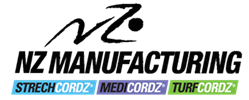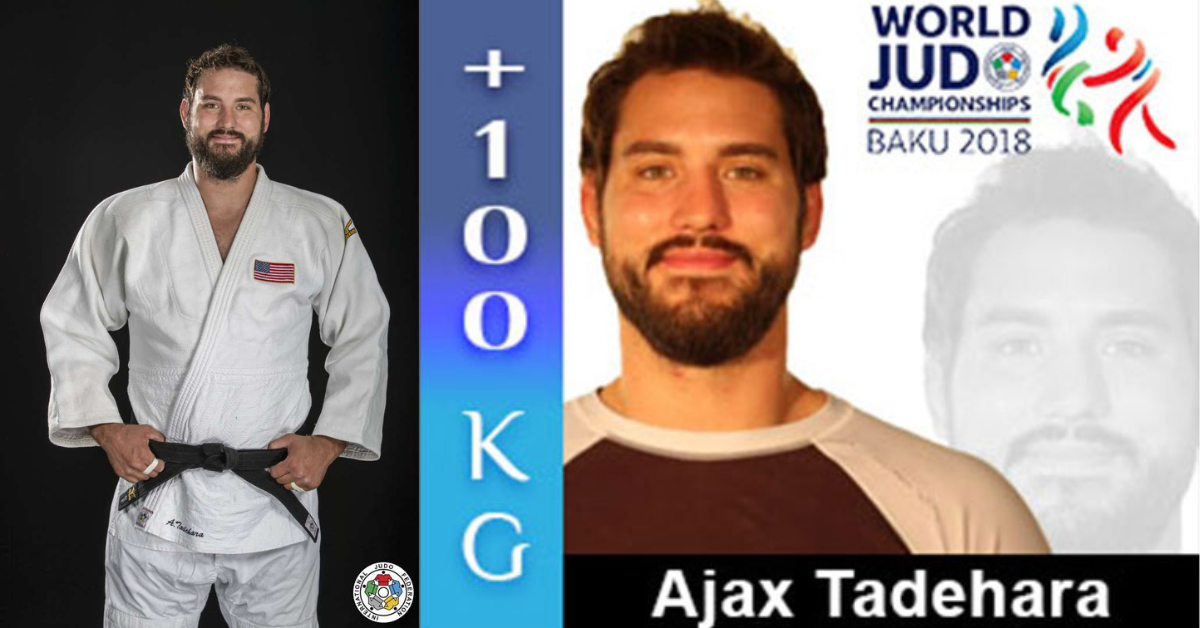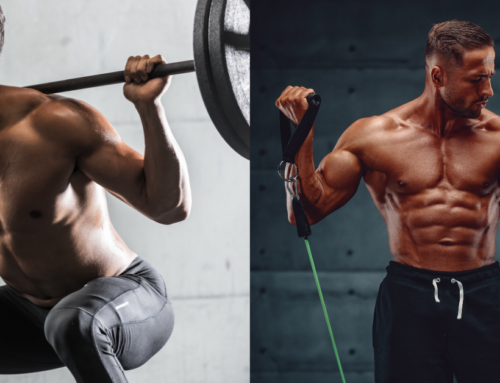When you think of competitive Judo training, you might not think of Idaho.
But, for Ajax Tadehara, the majority of his training, and now his business, has been located within his home state. Ajax started training in this Japanese martial art form at a young age when his father (who is half Japanese) introduced him to the sport. In his early twenties, Ajax left Idaho for Colorado Springs and the Olympic team training center, before continuing to Boston for training at another national facility. As an olympic hopeful, Ajax has an impressive record including ranking #1 in the nation in two different weight classes over the course of six years, however Olympic Judo is based on international rankings. After ranking 36th in the world in 2016 and narrowly missing the cutoff, Ajax traveled with the team to Rio as an olympic training partner and also as a training partner for the 2016 paralympics.
Now, back in Idaho, Ajax has left his competitive career behind finding a footing in real estate. In addition to the local real estate market, Ajax has opened a competitive youth and adult Judo club, titled Schnauzer Judo, and he is also a certified strength and conditioning coach/personal trainer.
We sat down with Ajax Tadehara to talk about how he uses resistance training with both judo and personal training.
What resistance training products do you use and how do you use them?
We primarily use the StrechCordz® dryland products in circuit training. When you use resistance (compared to dumbbells and traditional weights) and the elasticity that comes with resistance bands, it mimics more accurately what your muscles go through in a grappling sport like Judo. In Judo, we wear the traditional Judo Gi, and are trying to grab our opponent’s uniform to pull them off balance. As you pull, and the further back you get, the more tension there is as the competitor resists and pulls in the opposite direction. This works the same way as resistance bands in increasing tension as you increase distance, and quickly changing direction of the force. When you apply these same movements in a high rep, high intensity circuit, then you’re mimicking the nonstop combat action that you find in Judo.
We use the StrechCordz® resistance cords in combination with weight training, starting with a warm-up, then moving to banded circuits to get the lactic acid building and then we’ll move into our dumbbell and/or explosive exercises.
Where do you see the biggest benefits in incorporating resistance to Judo training?
With the StrechCordz® Basic Dryland Trainer, we like to hold the handles for the entirety of the circuit as it works to build and burn out grip strength. That grip and forearm strength is important as we’re grabbing Gi’s and working against our opponent. We also primarily use it in upper body movements. For example, we will hold them tight in a bicep curl position, and then do RDL movements to strengthen hamstrings and glutes. We also do high rows, low rows, chest flys and alternating chest presses. In Judo, the entering of any movement is a critical component. You have to have timing, footwork, dynamic hits and strong hands to pull your opponent off balance. With the StrechCordz® Basic Dryland Trainer we can focus the movements of the upper body while working on the footwork. We’ll do 30 of those entry movements with the cords, and then high rows and other strength work to get a blend of strength and conditioning, with Judo-specific training.
Tell me about training kids compared to adults at Schnauzer Judo. Do you only use resistance training for a certain level of athlete?
For judo-related training, we use the StrechCordz Basic Dryland Trainer for all levels. As far as doing those entry movements and modeling our entry techniques, that’s one of the best ways to get kids or people who have never done any grappling sports to feel the movements without actually having to pick up their partner or work with an opponent. When I was training as a kid (and what they do in Japan), we used bicycle tubes wrapped around a pole. I practiced those entry movements this way, and the bicycle tubes would break, or snap to hit you in the head, etc. StrechCordz® last a long time and are much safer with the handles and design compared to a bicycle tube. As far as strength and conditioning goes, we use resistance products with the more competitive athlete, usually around junior high or highschool.
We also use the MediCordz® Rehabilitation products to help an injured athlete recover, under the guidance and permission of their doctors. There’s a ton of injuries in Judo, the most common being rotator cuff and shoulder, ACL, MCL and meniscus and spinal neck and lower back issues. We also have a lot of finger injuries and pains from grabbing the Gi.
What are some of your goals for the future with Schnauzer Judo?
We’re in the first year of our program, and so far everything is going great! Our kids had their first tournament not long ago and they had never competed or really seen Judo before outside of our studio. The club is a way for me to stay involved in the sport without competing myself, and I’d love to continue building our program. When I first started out I wanted to have an impact on USA Judo as a whole and on a national level. My goal is to reach 1% of the national organization through the Schnauzer Judo membership. I also might be interested in franchising the club at some point and provide opportunities for other competitive Judo athletes who are essentially aging out of the sport.
For the latest with Schnauzer Judo and Ajax Tadehara, visit his Facebook page. To improve your grip and forearm strength, build muscle through strength training or work to rehab an injury, shop the full line of NZ Manufacturing products and start training quickly and effectively!





